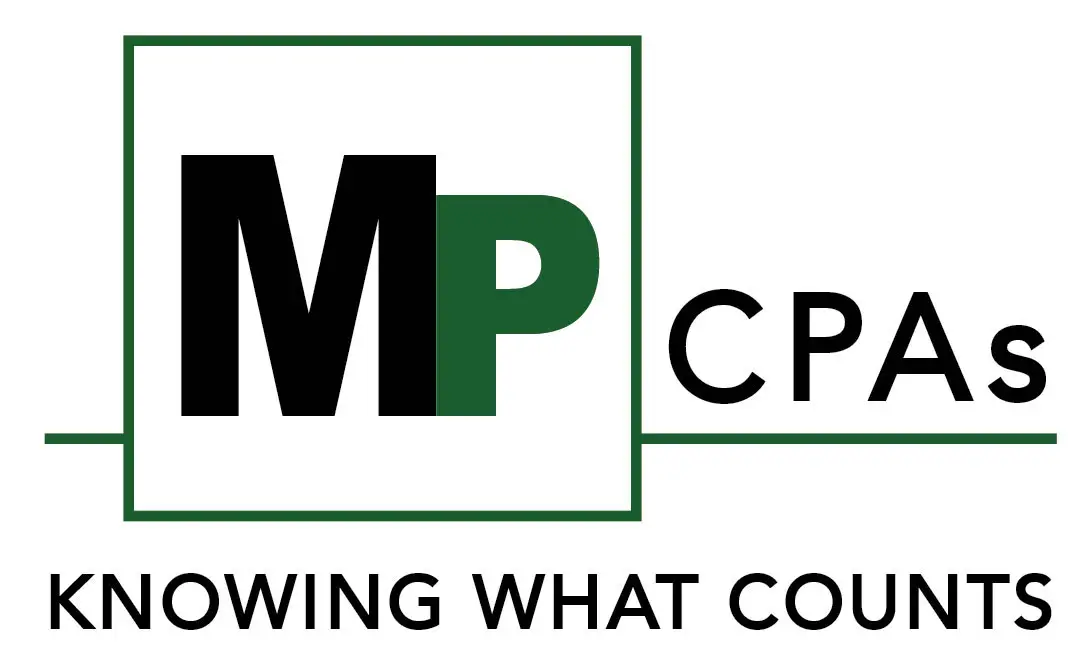From Passive to Powerful: Unlock Your Real Estate Tax Benefits
Understanding the tax implications of your real estate investments can significantly impact your financial outcomes. In a recent episode of the Knowing What Counts podcast, Brian Moss, a senior tax associate with MP CPAs who recently passed all four parts of his CPA exam, shared valuable insights about the distinction between passive and non-passive rental income and how property owners can potentially optimize their tax situations.
By default, rental activity is considered passive income by the IRS. This classification carries significant tax implications, particularly regarding loss deductions. Under passive activity rules, rental losses can only offset passive income from other sources. For example, if you own multiple rental properties, losses from one property can only be deducted against income from another rental property. This limitation can substantially restrict your ability to use these losses to reduce your overall tax burden, especially if your rental properties consistently generate losses while your primary income comes from non-passive sources like employment or business activities.
However, there are strategic ways to potentially reclassify your rental activities from passive to non-passive. This reclassification requires meeting two critical standards: material participation and qualifying as a real estate professional. Material participation demands regular, continuous, and substantial involvement in your rental activities. The IRS provides seven different tests to determine material participation, and you only need to meet one of them. Common tests include participating in the activity for more than 500 hours during the year or having your participation constitute substantially all participation in the activity among all individuals involved.
The real estate professional qualification imposes even stricter requirements. You must satisfy two tests simultaneously: more than 50% of your personal services must be performed in real property businesses, and you must spend more than 750 hours per year in real property trades or businesses. This first test presents a significant challenge for individuals with full-time employment unrelated to real estate, as it effectively requires demonstrating that you spend more time on your real estate activities than on your primary job – something the IRS scrutinizes heavily. Certain professions can count toward these hours, including real estate development, construction, management, leasing, and working as a real estate broker or agent. However, if you’re employed in these fields, you must own at least 5% of the business for those hours to count toward the real estate professional tests.
Documentation emerges as perhaps the most crucial element in successfully claiming real estate professional status. The IRS demands contemporaneous records maintained at the time services are performed, not retroactive estimates. Time logs must reflect actual work hours, not merely being on call or available. A notable case from 2019, Harrison v. Commissioner, highlights common pitfalls. The court ruled against a married couple who claimed real estate professional status because they couldn’t prove which spouse individually met the requirements (hours cannot be combined between spouses) and had inflated their time records by claiming full hours for minor tasks. They also incorrectly counted time spent watching contractors work, which doesn’t qualify toward the required hours.
For those with multiple rental properties, the default rule requires meeting these standards for each property separately, which can be challenging. However, taxpayers can elect to group all rental properties as a single economic unit, allowing them to combine hours across properties. Even those who use property management companies can potentially qualify as real estate professionals if they can document that they remain substantially involved in day-to-day operations and major decisions – simply approving a management company’s recommendations isn’t sufficient.
For investors unable to meet these stringent requirements, operating properties as short-term rentals (where the average stay is seven days or less) offers another potential pathway to non-passive treatment, though material participation would still be required. By understanding these nuanced tax strategies, real estate investors can potentially transform their tax situation and maximize their investment returns through proper planning and documentation.





